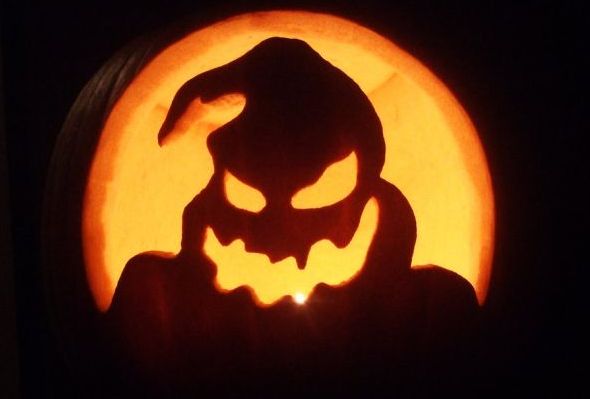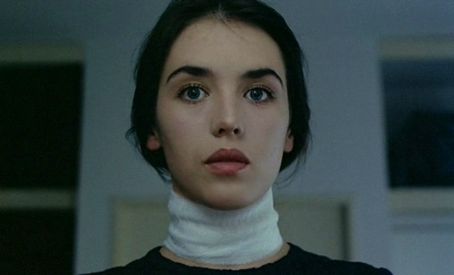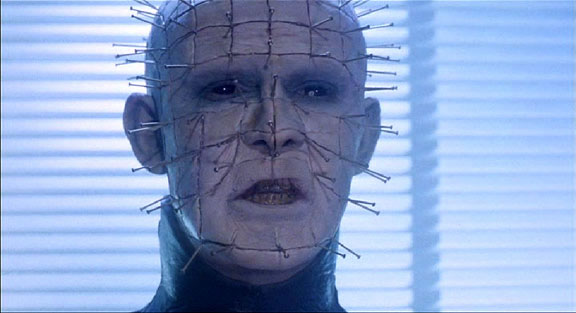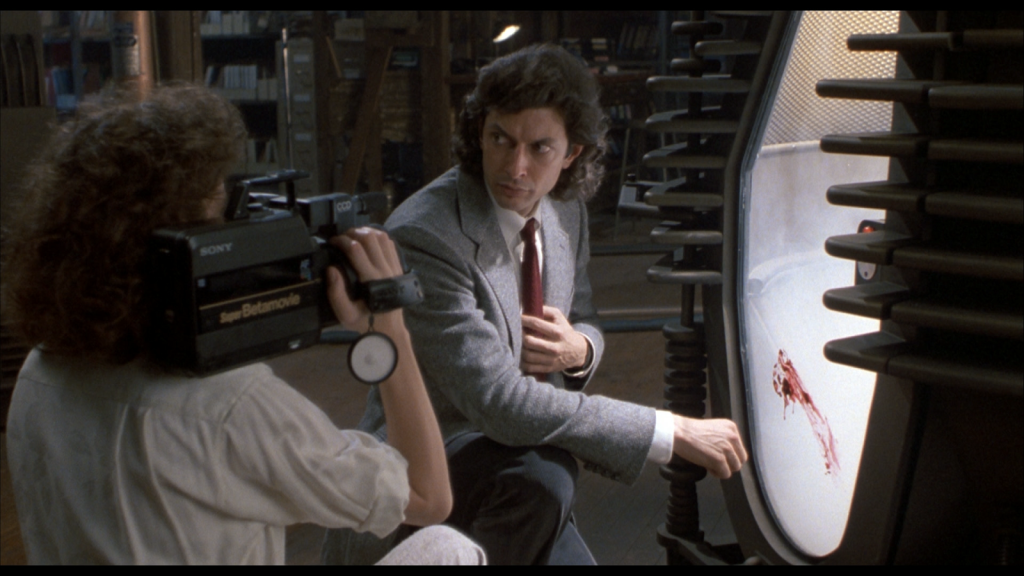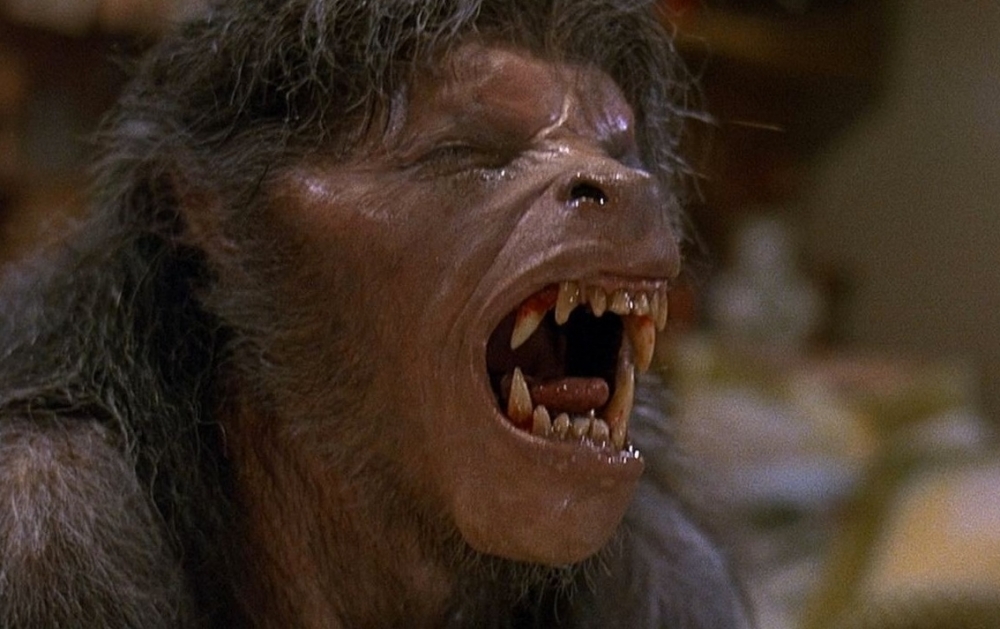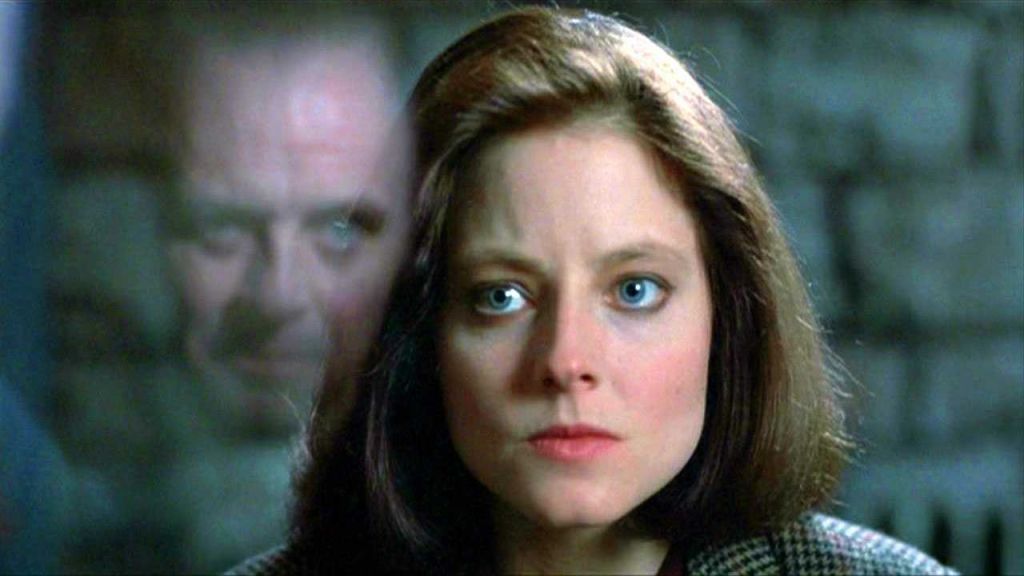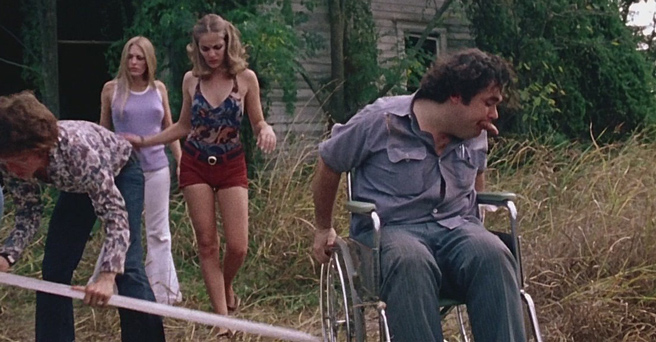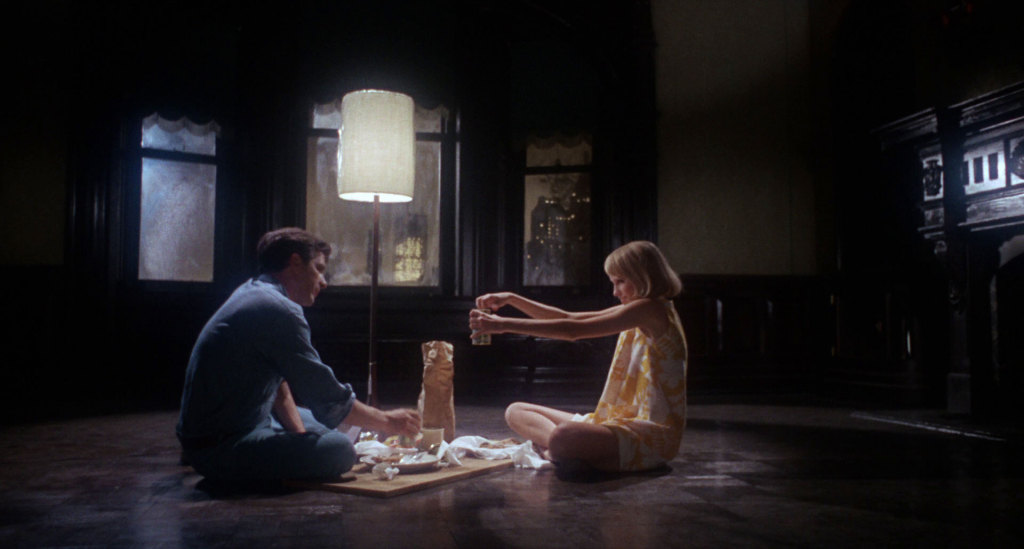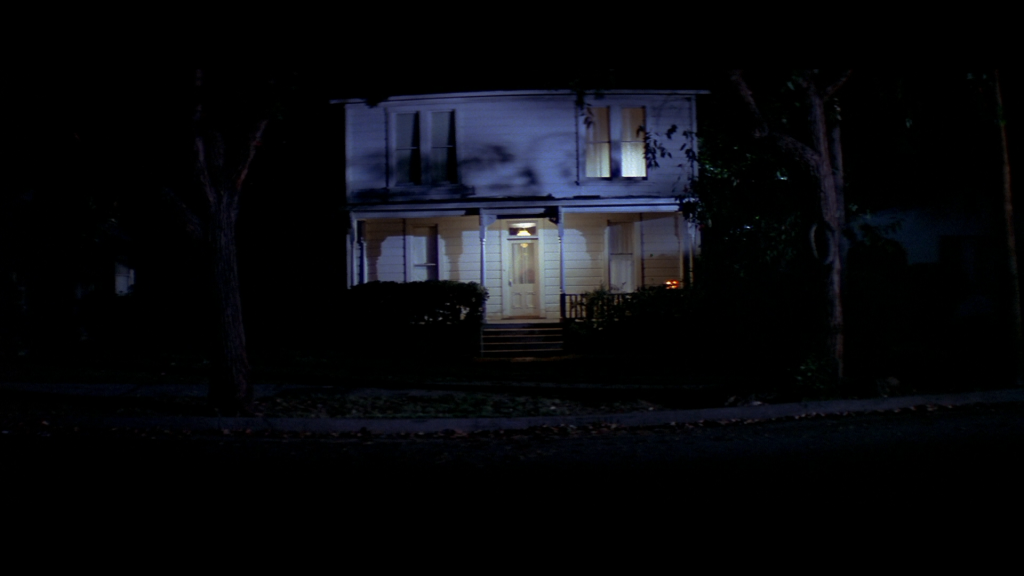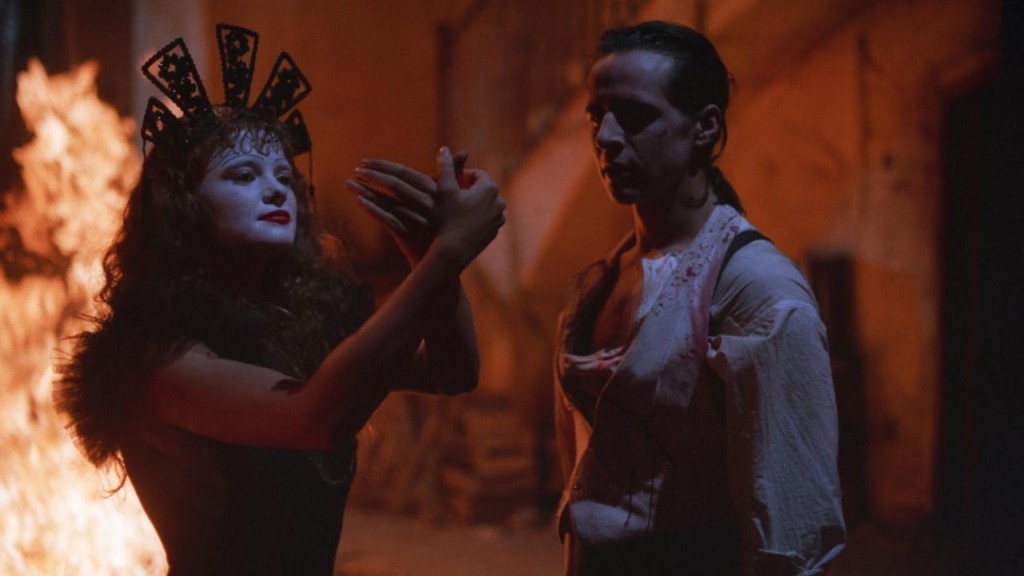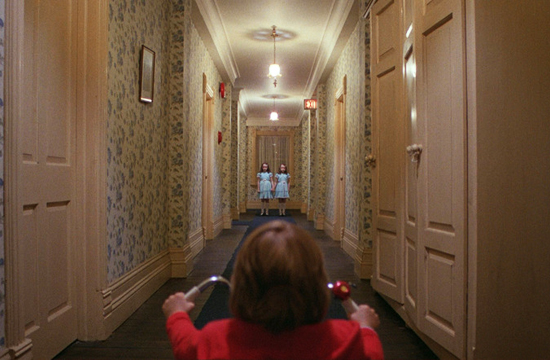The Greatest Horror
Happy Halloween!
Going out dressed as your favourite horror villain or just fancy staying in and watching films that’ll make you shiver and scream? Well do I have a trick-or-treat for you in the shape of ten of the finest horror films of all-time.
Let the countdown begin….
10. Possession (dir. Andrzej Zulawski, 1981)
Describing Possession as brutal is discrediting the power of this symbolic master class of anxiety, tension and existential fear. Witnessing the scenes unfold as they do is a hypnotic experience, one which craves the viewers dedication for them to have any purpose. In my case it destroyed me so Zulawski’s mysterious presence is shattering for the entirety of its duration. Fragments of symbolism shift and contort the viewers’ awareness, but you never quite understand the magnitude of what is exploding. That’s the whole point here, though: Zulawski is aiming higher than most horrors dare to go, constantly challenging the functions of terror and the transparency that lesser works fall under. He displays such a terrifying strength here, the nerve-shredding unbalance and shape shifting force never allowing a moments safety in the eyes of the viewer. Sam Neill does some electrifying work here plugging into every aspect of his character, but Possession belongs to Isabelle Adjani who delivers the most frightening performance the genre has ever seen. It’s a performance that breaks the boundaries of what is expected of an actress and to discover she attempted suicide shortly after only speaks greater volumes about the strain the film had on her.
9. Hellraiser (dir. Clive Barker, 1987)
Disturbing in its rusty, bloody presence, Barker eludes a sense of dread and aggression in his film. He never settles on subtly or explosiveness in his examination and it works magnificently well. To wonder if evil will be shown or not is an excruciating experience, made only more punishing by the way Barker utilises imagery and an absence of light to perfection. Demonstrating such a fearsome, destructive edge is the immense brutality Barker puts into his film. It’s an observant, terrifying experience and a quite remarkable adaptation of an adequately powerful story.
8. The Fly (dir. David Cronenberg, 1986)
This is one of those films which remains unforgettable for all who witness it. Here, Cronenberg achieves everything his early career was building to with the most precise use of “body horror” the decade was introduced to. Goldblum, in the lead role, performs admirably, working with a script which blends science-fiction and horror finer than anything around. The make-up and visual effects were insane for their time and still hold up marvellously almost 30 years on.
7. An American Werewolf in London (dir. John Landis, 1981)
Landis’ horror has to go down as the finest work of British horror, but not for the reasons people might expect. Sure, sequences are drenched with a stomach-churning tenacity, but Landis’ brilliance here is how the utilisation of comedy is worked throughout and the intelligence of it. Comedy in horror is something of an acquired taste, yet Landis manifests the evil of horror and the wit of comedy with such a stark brand of originality where the combination succeeds because of it. If that doesn’t interest viewers enough then I guess a nightmare sequence involving Nazi zombies should.
6. The Silence of the Lambs (dir. Jonathan Demme, 1991)
When most people think about The Silence of the Lambs (rightly so), Anthony Hopkins’ macabre and brutally taunting performance is the first thing that comes to mind. In all truth, Hopkins’ role in the film is interesting, to put it mildly, but there is a lot more to The Silence of the Lambs than just one demonic, Academy Award winning performance. There’s the ever inconsistent Jodie Foster, who performs admirably in a demanding role, made even more arduous by Hannibal Lecter (Anthony Hopkins), and in the very first scene in which she encounters Lecter, it’s made incredibly clear to her that this insane individual is so much more than just a cannibal, but one that with even the smallest knowledge of her shy personality can rattle her brains.
5. The Texas Chain Saw Massacre (dir. Tobe Hooper, 1974)
Attempting to describe the immensity of Tobe Hooper’s masterpiece is near impossible, but it’s practically pointless anyway. The film is undoubtedly the crowning glory of 70’s cinemas, and one of the earliest, most necessary staples of the horror genre. Its legacy cannot be ignored and its immeasurable influence throughout horror is unavoidable, but even when considering The Texas Chain Saw Massacre has just reached age 40 it’s simply remarkable how terrifying it remains. Hooper crafts such bizarreness throughout his film, never using a frame for the sake of it; there is a reason to everything that unfolds here, systematically providing orchestrated chaos with the stakes growing more threatening and prominent as it progresses. Moments such as the opening shot of the decomposing body and the parting shot of Leatherface swinging his chainsaw in manic frustration will stick in the mind of each viewer for eternity.
4. Rosemary’s Baby (dir. Roman Polanski, 1968)
As a part of his precise, assured “Apartment” trilogy, preceded by the claustrophobic Repulsion and concluded with the soaring The Tenant, this middle entry shows the Roman Polanski’s devastating talent put to the ultimate test. Rosemary’s Baby analyses its disturbing subject matter in the most adverse and terrifying of ways by utilising an atmosphere that no film before it could achieve. Focusing on the nine month process of a pregnancy, Rosemary’s Baby analyses the paranoia that all parents’ likely face and the questions they must ask themselves: “Will the baby be okay?” “Will it be healthy?” “Will it live?”, and while the film achieves its biting tone, Polanski’s film reigns so well due to the symbolic power and psychological manipulation it possesses throughout.
3. Halloween (dir. John Carpenter, 1978)
What is there to say about John Carpenter’s massively influential Halloween that hasn’t already been said? It’s without a doubt the most atmospheric horror ever made, working solely on the terror formed by atmosphere instead of gore, utilising a string of iconic shots to its advantage, a remarkably arranged score by Carpenter himself and the faceless enemy that is Michael Myers leaving an unimaginable power over every moment of the film.
2. Santa Sangre (dir. Alejandro Jodorowsky, 1990)
To describe Santa Sangre as horror understates the thunderous power of it; it’s more than that. It’s a demolition of the genre, working more as a hypnotic nightmare unleashes the most relentless of terrors. Focusing on the tortured soul of a man (Fenix) trapped in a mental hospital, we witness the destruction of his mind as he experiences the savage cycle of life through the most powerful of flashbacks. His life is fractured from early on. Cornered into the circus lifestyle with his family, the decay begins: his mothers are chopped off by his father and then his father killed. Witnessing this from the darkly depraved cinematography Jodorowsky pronounces, Fenix is shown from a distance with a hint of cautiousness, but he understands the tragedy unfolding before his very tears.
And in number one place…..
1. The Shining (dir. Stanley Kubrick, 1980)
Not only does The Shining demonstrate fear as more of a motivation for horror, it requires it for the evil to manifest itself. Kubrick engulfs us in his sadistic yet brutally creative vision from the film’s opening shot of the family car right until the suspicious final moments as more questions are raised about Torrance’s stay at The Overlook Hotel. Horror is simply shattering sometimes but nothing is as horrifying as Kubrick’s masterpiece. But why exactly is that? It’s not necessarily the tension or the violence The Shining proclaims, but the realism it displays. Anyone could become isolated from civilisation and turn evil. It’s that simple.
